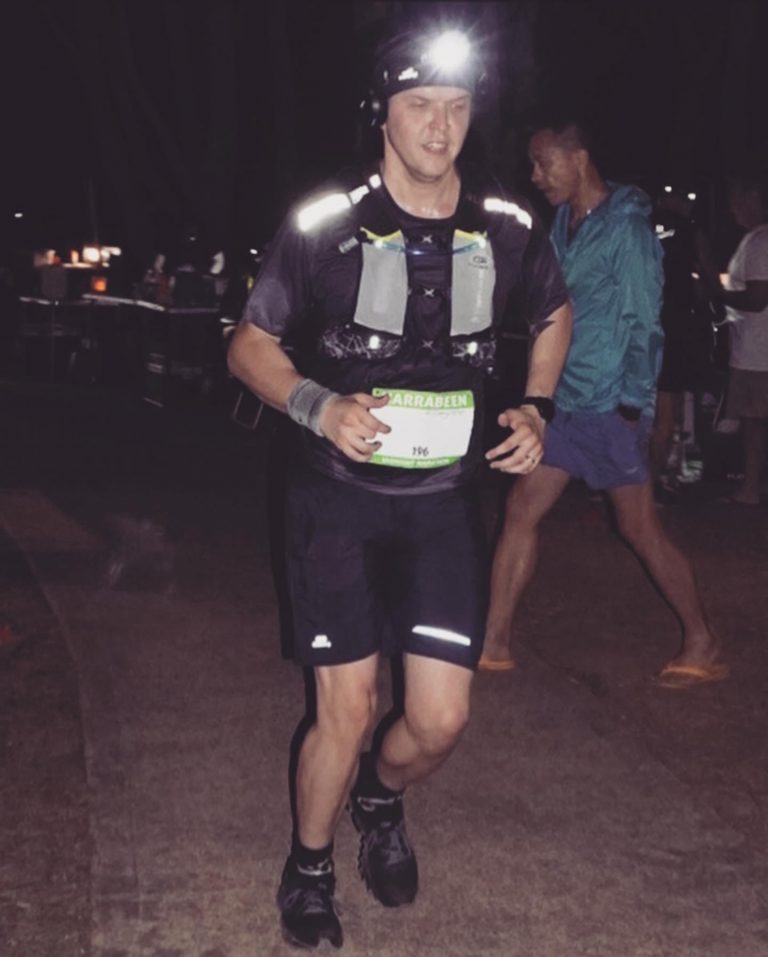Many people enjoy running as a way to get their physical activity in as well as relieve stress. Spending time out in the fresh air getting your body moving is key in ensuring that you stay healthy and live a long life.
But like with any other activity, there’s always the potential for some issues to arise. Imagine you’re out running, and all of a sudden, your heel starts to feel irritated, or maybe you see a few blisters forming. Is it the shoes that are causing the problem?
The truth is that it may very well be the shoes and, in particular, heel slippage. Heel slippage is a common runner’s issue, and it can lead to a pretty uncomfortable time when it comes to your daily runs.
But it is preventable. So we’re going to take a look at why slippage is bad and some ways that you can avoid it.
Why Is It So Bad?
So why is heel slipping so bad? There are multiple reasons why having shoes that tend to slip from the heel can cause many problems. But most of them boil down to three main reasons why you want to find a shoe that doesn’t bring with it heel slippage:
- Hinder Work Out – When you’re using running shoes that have a bit of heel slippage, you’re going to feel less secure in your movement. For instance, if you’re doing long-distance running, you may find that the initial take-off and the slippage in the heel will make you feel a little unsure of your footing.
- Blisters – Also, you may find that with heel slippage, you are more prone to blisters, especially around the ankle and the Achilles tendon area. That is because the slippage of these heels is particularly in those areas, and constant friction will create blisters. Blisters make running very uncomfortable and can stain and ruin socks and your shoes.
- Change Movement – It’s very important to have a good running form to ensure optimal performance and reduce the risk of injury. When you have heel slippage, you will feel this, and the mechanics of your movements will change. You will compensate for the heel slippage to protect yourself. But in turn, this will create decreased performance and could affect the results you get from your training.
Heel Slippage: What Causes It?
In truth, there’s no way to prevent heel slippage completely, but there are some things you can look out for to reduce the risk a bit. Here are some of the chief causes of heel slippage:
Shoes Are Not On Right!
When it comes to the biggest cause of heel slippage, it has to be that the individual is not putting the shoe on properly. To ensure that your shoe is on properly, you need to push the heel firmly back and then tie your shoe tightly.
Wrong Fit
Above all else, when you purchase running shoes, you need to make sure they fit right. This can be challenging, and why most experts suggest you get measured when you go into the shoe store to ensure that you are finding the shoe that fits your foot shape.
Some have narrow feet, and some have broader feet, and all of this plays a part in the sizing of your shoe. You want to ensure that you have a thumb-size distance between the tip of your longest toe and the edge of the shoe.
Hard Heel Stiffener
This portion of the shoe is usually created with some sort of plastic or leather and can be quite stiff. This is on purpose, but it also means that it is not constructed for the shape of a foot. In order to help loosen this heel stiffener up, you might want to invest in a shoe horn shaped like a foot so that you can shape the heel a bit before you wear it.
Not Broken In
Whether you’re running or simply going out on errands, a new shoe is always stiffer than one that is broken in. So it might benefit you to really wear your shoes a little while to break them in and loosen up the materials a bit. This could prevent heel slippage and allow the shoe to be more comfortable while running.
Ways to Prevent Heel Slippage in Running Shoes
Understanding what causes heel slippage is essential, but as we said above, some things can be done to help prevent heel slippage.
Non-Slip Socks
Moisture that accumulates inside your running shoe can cause a bit of heel slippage. Not only that, but it can make your shoes smell bad. So when choosing socks, you want to find some that are non-slip, preferably with moisture-wicking properties. By wearing non-slip socks, you’re going to reduce the chance of slippage due to accumulated moisture.
Proper Fit
Since ill-fitting running shoes are one of the chief causes of heel slippage, ensuring that you get properly measured and buy the right shoe is essential. Though most people concentrate on the toe box area and the arch, making sure the heel area fits comfortably is also vital.
Good Shoelaces
You may not think that your shoelaces have anything to do with the fit of your running shoe, but they do. You want to find a pair of shoes that have good shoelaces or invest in better shoelaces and replace the ones that come with the shoes. By having sturdy shoelaces, you’ll be able to tie them tighter and make sure that there is less chance of slippage.
Again, you’d be very surprised with how shoelaces can play into this. Check out the below video by Road Runner Sports that explains this process very diligently. You should check out their channel too, these guys have some awesome tips:
Frequently Asked Questions On Heel Slippage When Running
If you still have a few questions about heel slippage in running shoes, take a look below.
The quality of the shoelaces is important but just like the quality, so too is the way you tie your shoelaces. There are certain ways you can do this that will help reduce the chance of heel slippage:
Lock Shoelaces – If you choose to lock the shoelace into the upper part of your shoe, you can help secure your foot back into the heel, and this, in turn, will prevent slippage.
Tighten Shoelaces – For those with narrow feet, you want to make sure that you tie your shoelaces very tight.
Bowless Tying – For those that suffer from shoelaces that continually get loose, you might try utilizing a bowless tying system. This will lessen the chance of having to re-tie your shoelaces so often.
When people slip their foot into their shoe, many will do so by bending the back of the heel. This actually breaks down the heel and can cause it to be less form-fitting. It’s much better if you use a shoehorn to get your foot into the shoe.
Final Thoughts
Heel slippage is something that every runner will have to deal with at some point. But by understanding what causes it and some key ways to prevent it, we hope you can overcome this issue.

Marko Rakic is a trail runner and fitness enthusiast from Sydney, Australia. He is the lead writer for The Ultimate Primate and believes the best way to live a happy life is through constantly challenging yourself.
